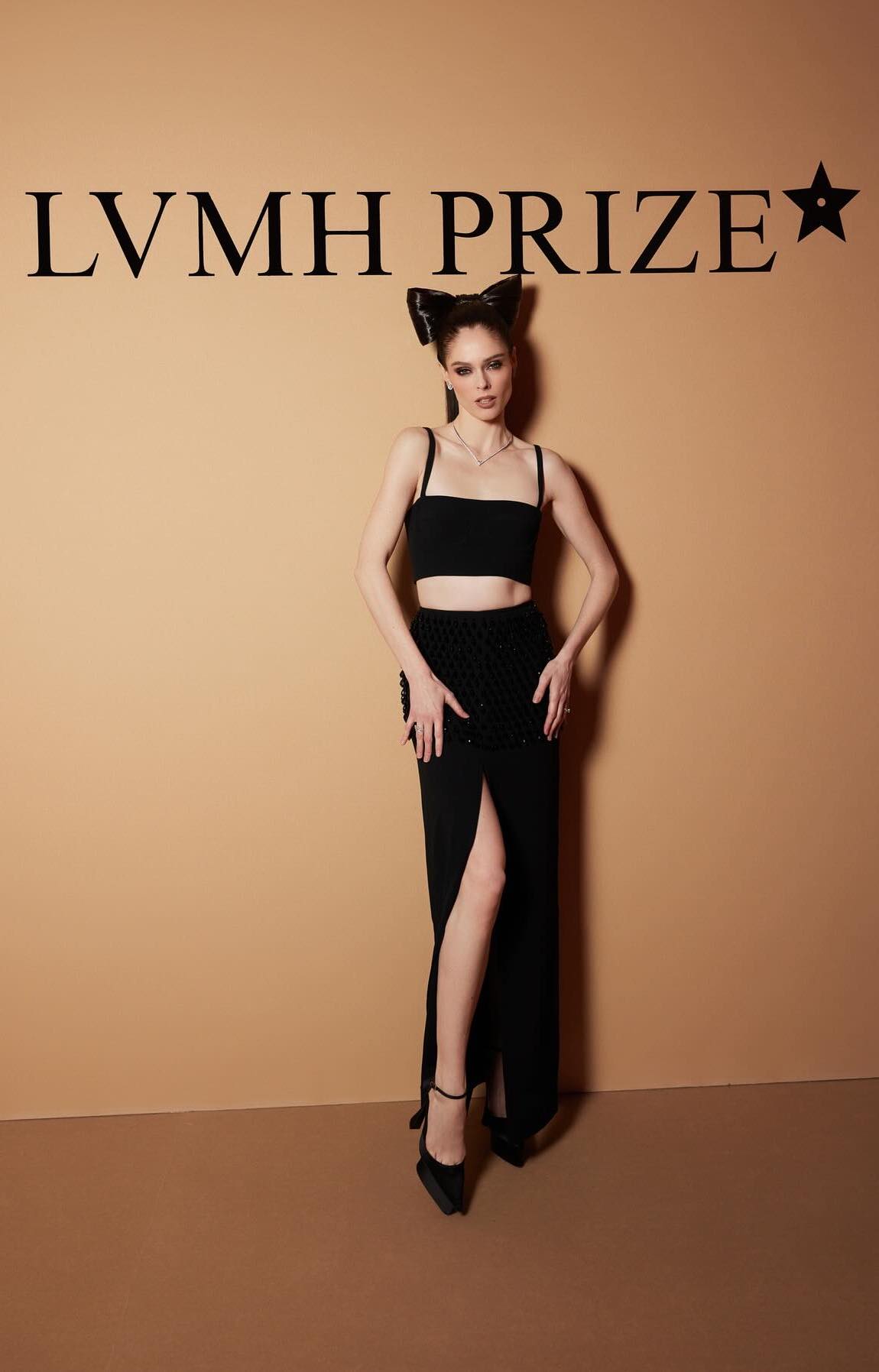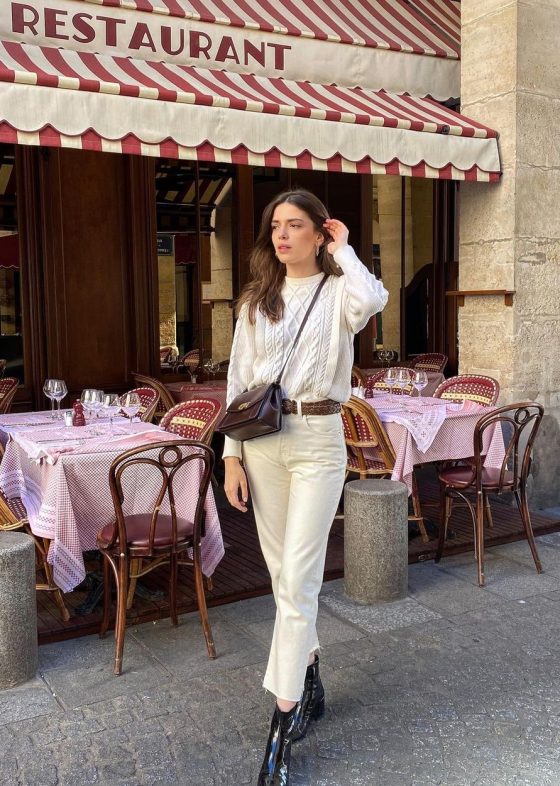Curious about who really owns the French fashion industry? Let’s explore the captivating world of French fashion conglomerates that reign over luxury fashion. Nestled amidst the cobblestone streets and haute couture houses of Paris, these powerful entities hold the keys to prestigious brands that define the epitome of elegance and opulence.
We will unveil the top French conglomerates that possess the lion’s share of the country’s luxury fashion industry, exploring their captivating history, unrivaled influence, and the iconic labels they command. Prepare to walk through the grandiose halls of fashion as we unravel the tapestry woven by these remarkable entities.
LVMH
The LVMH Group, short for Moët Hennessy Louis Vuitton, is a renowned French conglomerate that boasts an illustrious history intertwined with the world of luxury goods. The roots of LVMH can be traced back to 1987 when two major French brands, Moët et Chandon champagne and Hennessy cognac, merged to form Moët Hennessy. The merger was orchestrated by Bernard Arnault, a visionary businessman who recognized the potential for synergies between the two iconic labels.

In 1989, Moët Hennessy merged with the fashion house Louis Vuitton, giving birth to the LVMH Group as we know it today. This strategic move solidified LVMH’s position as a dominant force in the luxury market, expanding its portfolio to encompass a diverse range of brands. LVMH has continued to expand its empire through shrewd acquisitions, securing its position as the largest luxury conglomerate in the world.
The LVMH Group owns an impressive portfolio of esteemed brands across various sectors, including fashion, spirits, cosmetics, jewelry, and more. Some of the prominent fashion brands under the LVMH umbrella include Louis Vuitton, Christian Dior, Fendi, Givenchy, Celine, Marc Jacobs, and Kenzo. In addition to fashion, LVMH also owns renowned names in the world of luxury goods such as Dom Pérignon, Moët & Chandon, Hennessy, Bulgari, Sephora, and Hublot, to name just a few.
As for the control of the company, Bernard Arnault, the mastermind behind LVMH’s rise to prominence, serves as the Chairman and Chief Executive Officer (CEO) of the conglomerate. His astute leadership and passion for luxury have played a pivotal role in shaping LVMH into the powerhouse it is today. Arnault’s unwavering commitment to excellence and his ability to identify and nurture exceptional brands have cemented his status as one of the most influential figures in the fashion and luxury industry.
Kering
The Kering Group, formerly known as PPR (Pinault-Printemps-Redoute), has a captivating history that traces its origins back to 1963. It was founded by François Pinault as a timber trading company in France. Over the years, Pinault expanded the company’s operations, diversifying into various industries including retail, luxury goods, and sports and leisure.
In the 1990s, PPR underwent a significant transformation under the leadership of François-Henri Pinault, François Pinault’s son. François-Henri Pinault recognized the potential of the luxury sector and strategically shifted the company’s focus towards high-end brands. PPR began acquiring luxury fashion houses and gradually divested from non-luxury businesses.
In 2005, PPR underwent a major rebranding and became the Kering Group, adopting a new name that better reflected its luxury-focused identity. The name “Kering” is derived from the Breton word for “home,” emphasizing the company’s commitment to nurturing and supporting its portfolio of prestigious brands.
The control of the Kering Group rests in the hands of the Pinault family. François-Henri Pinault, the son of the company’s founder, serves as the Chairman and CEO of Kering. Under his leadership, the company has experienced remarkable growth and has solidified its position as one of the world’s leading luxury conglomerates.
Kering is home to impressive iconic luxury brands spanning the fashion, accessories, and jewelry industries. Some notable brands in Kering’s portfolio include Gucci, Saint Laurent, Balenciaga, Alexander McQueen, Bottega Veneta, and Brioni.
The group also encompasses other renowned names like Pomellato, Ulysse Nardin, and Boucheron. Each brand within the Kering Group maintains its distinct identity and creative autonomy while benefiting from the resources and expertise of the larger conglomerate.
Richemont
The Richemont Group, also known as Compagnie Financière Richemont SA, has a rich history deeply rooted in luxury and craftsmanship. The company was founded in 1988 by South African businessman Anton Rupert. Initially, it was established as a spin-off of the international tobacco and luxury goods conglomerate, Rothmans International.
Under Rupert’s leadership, the Richemont Group swiftly made its mark in the luxury industry through strategic acquisitions and brand development. The company’s vision was to bring together renowned maisons known for their expertise in various luxury sectors, ranging from jewelry and watches to fashion and accessories.
The control of the Richemont Group is primarily in the hands of the Rupert family. After the passing of Anton Rupert, his son Johann Rupert took over as Chairman of Richemont. Johann Rupert has played a pivotal role in shaping the group’s strategy and ensuring its continued success in the luxury market.
Richemont owns an impressive portfolio of luxury brands renowned for their craftsmanship, heritage, and timeless appeal. The group’s notable brands include Cartier, a legendary jeweler celebrated for its exquisite pieces; Van Cleef & Arpels, a prestigious jewelry and watch brand known for its enchanting designs; and Montblanc, a revered name in writing instruments, timepieces, and leather goods.
In addition to these iconic brands, Richemont also owns other esteemed maisons such as Chloé, Dunhill, Jaeger-LeCoultre, Piaget, IWC Schaffhausen, Panerai, and Vacheron Constantin. Each brand within the Richemont Group upholds the highest standards of craftsmanship and embodies the spirit of luxury, collectively contributing to the group’s esteemed reputation in the global luxury landscape.





